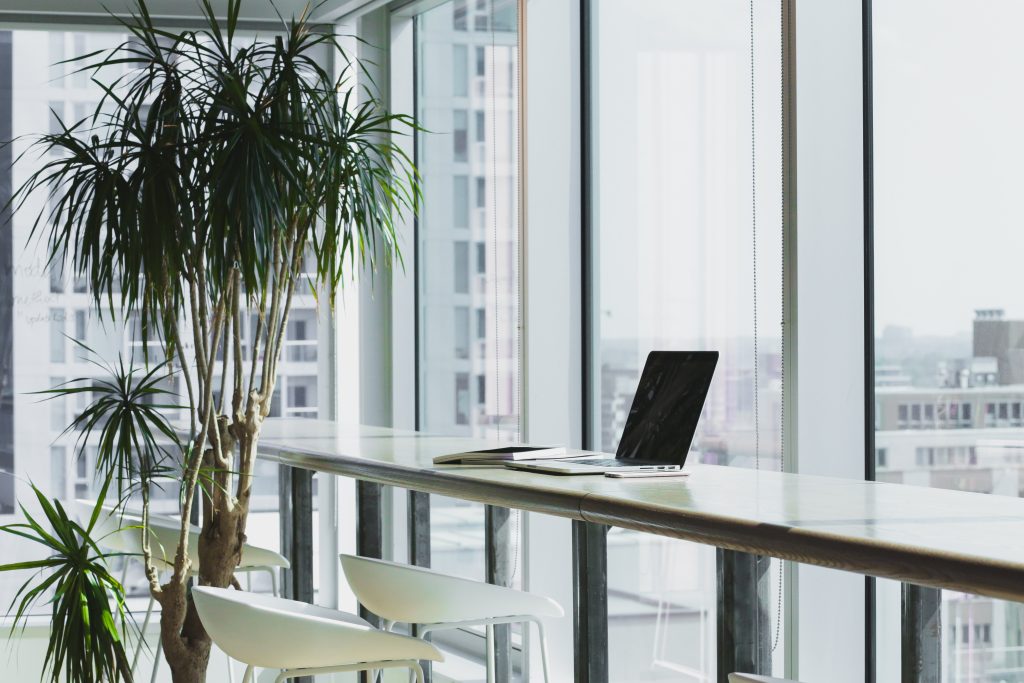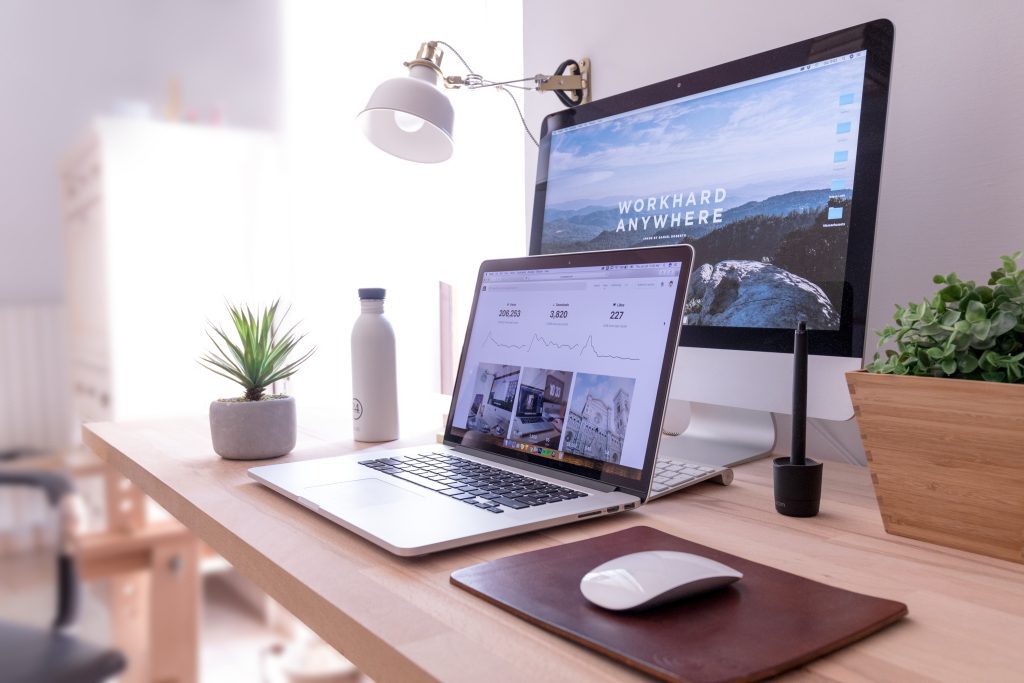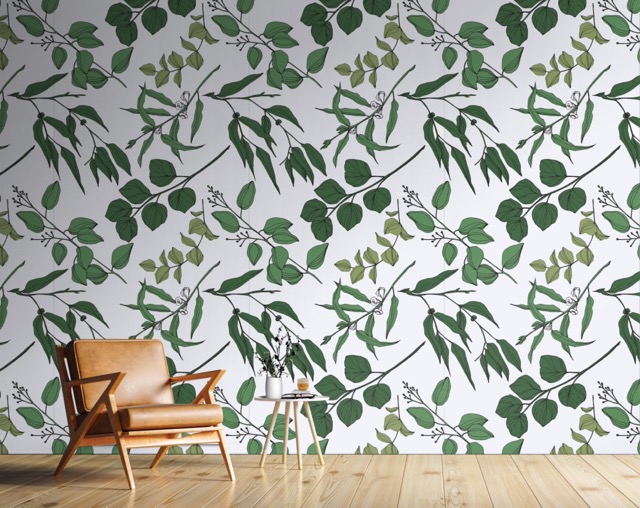The changing season calls for refreshing office designs that can boost both wellness and productivity.
Are you seeing that glimmer of springtime? Some green poking through? Finally?
As we emerge from the long winter with the cozy fires, blankets and hot tea, the arrival of spring demands a different kind of comfort—a refreshing vibe that should be spread from the outdoors into the office. Employee wellbeing is at the top of the agenda for 2023, and smart employers know a workplace must adapt to the changing seasons.
The arrival of spring doesn’t necessarily translate into a call to paint all walls in pastels. But employers can add a bit of spring with small touches like adding fresh tulips, opening the windows, getting rid of office clutter to improve mental health and more.
Does spring mean productivity?
It’s well documented that how you feel inside a particular workplace can directly impact how you work, including your mood, productivity and overall happiness. Does the arrival of spring weather make people more or less productive? The answer depends on who you ask.
One 2022 employee poll suggested that the fresh air and sunshine that comes with spring can be quite inspiring. As many as 43% of workers said they believe they do their best work in the spring, according to the survey commissioned by learning software firm Wisetail and market research firm OnePoll. Employees said they tend to feel more unproductive at work on days with heavy rain (25%) and freezing temperatures (25%).
A Harvard University study, however, suggests the opposite. Rainy weather, the researchers say, actually makes you more productive, simply because you’re not tempted by the possibilities of a sunny day—a walk in the park, for example, or an afternoon at the beach. Low visibility and extreme temperatures also matched periods of high worker productivity.

Clear, sunny days were linked to relatively low productivity.
That rings true to Michael DiTullo, an industrial designer in Portland, Ore. He says when the sun shines, locals tend to “play hooky” and get outside. “It’s just common knowledge around here,” says the industrial designer.
Either way, springtime sunshine and fresh air are likely to boost moods— and that leads to good stuff at work, says Kyle Reichelt, product manager at Wisetail. Happiness leads to a 12% spike in productivity, according to one study, and unhappy employees are 10% less productive. “We know that better moods lead to increased motivation and self-confidence which all contribute to efficiency levels in productivity,” says Reichelt.
Changing seasons of the office
While the warmer temperatures might tempt you to be outdoors, most work, of course, happens inside buildings. The office, then, should support people during the changing seasons.
Across the globe, companies are embracing the Danish concept of “hygge” (pronounced hue-gah) to the office to foster a sense of comfort and wellbeing. Winter might call for a cozy vibe in the office. Think: an electric fireplace, hot tea, foods that offer high fatty acids and omega 3s and lots of natural light.
No matter the season, natural light is one of the biggest game changers at work. Access to natural light and views of the outdoors were the number one attribute of the workplace environment, according to a 2018 poll of 1,614 North American employees by Future Workplace, an HR Advisory firm. Light outranked perks like onsite cafeterias, fitness centers, and on-site childcare.
Researchers have long associated poor weather and less sunlight with seasonal depression, and it’s a real problem in the workplace: 4% to 20% of Americans may have severe seasonal depression symptoms. Poor light exposure leads to lack of vitamin D, which has been linked to reduced employee work productivity.
Lack of sunshine was a problem for Nathan Brunner when he worked out of an office two years ago—a space without external windows. “Since I moved into an office in the Alps with wider windows, I find the light rejuvenating as soon as spring starts,” says Bruner, who is CEO of Salarship, a job search engine.
Lean into the light and fresh air of spring.
Wise employers lean into the sunlight and fresh air of springtime, knowing that it can uplift energy levels and boost creativity in the workplace. This could mean using glass or translucent partitions that allow natural light to flow throughout the office while still maintaining privacy and separation between workspaces, says Canadian interior designer Alessia Lamonaca. She recommends positioning light-colored furniture and accessories near windows to reflect and diffuse natural light through a space and boosting the amount of light that employees receive in the office.

There can be, however, such a thing as too much sunshine. Be mindful of visual exhaustion that comes from looking directly into the light or from a glare on computer screens, says Ksenya Malina, founder of New York-based interior design studio Time & Place Interiors and a certified WELL AP through the International WELL Building Institute. She recommends ensuring your space has sufficient window treatments, avoiding vinyl blinds, which use chemical compounds that off-gas harmful volatile organic compounds (VOCs) when they heat up in the sunlight. Instead, go for untreated natural fiber window treatments such as roll-down shades or wooden blinds.
Give your workspace fresh air and a spring clean.
The warmer weather can affect indoor temperature, which plays a big role in how we feel at work. Be mindful that the office stays at a comfortable temperature and ensure the space has proper ventilation, Lamonaca says. Doing so can prevent fatigue and create a healthier environment. If you’re working at home, she says, then consider opening windows or investing in an air purifier to ensure you have fresh air.

A little spring cleaning can also transform a tired, drab workspace that lacks vibrancy and energy, says Tara Furiani, CEO of leadership development firm Tarabull Media and host of the Not the HR Lady podcast. She encourages clients to organize and declutter workspaces to encourage focus and productivity and even using natural aromatherapy to create a refreshing ambiance.
Research shows cluttered spaces can have negative effects on our stress and anxiety levels, as well as our ability to focus, our eating choices, and even our sleep. The spring cleaning includes tidying physical workspaces, wiping down electronics and desk areas, but also taking inventory of supplies and digital workspaces, such as cleaning up contact databases and refreshing marketing materials.
Bring the outside in.
If your team can’t bask in the sunshine or work outdoors, then offering a slice of nature in the office can do wonders for their mental health. Research shows that nature can affect us physiologically, psychologically and cognitively, leading to greater attention spans and reduced mental fatigue. Yet the built environment can isolate us from the natural world. Enter: the rise of “biophilic design,” which involves creating spaces that foster a connection to nature—whether it’s adding more plants, offering window views of nature, installing green walls made of moss or designing spaces with images of nature. Large companies like Facebook and Amazon embraced this idea as far back as 2015.
In recent months, companies started installing sustainable architectural wall and ceiling systems that are covered in printed biophilic images—whether it’s succulents, leaves, forests or wood grains. The systems, made by San Diego-based Kirei, use recycled materials and adjust the acoustics of a room. Similarly, NYC-based modular architecture company ROOM created a botanical print phone booth, designed to spur creative thinking and quiet productivity. ROOM collaborated with artists to create patterns with vines, flowers and leaves with the hope of transporting people who enter the space.

“As beautiful as glass and concrete structures are, we as humans just want to see nature,” says DiTullo, the Portland industrial designer who created the biophilic systems for Kirei. “If you can bring some of that beautiful tranquility into the office, it will really help.” Especially when all those flowers start to bloom.
